[dropcap]T[/dropcap]he patchwork fabric of architecture united under the blue banner of Georgia State’s downtown campus comes across to some as disorganized and unappealing, while to others it’s an architectural reflection of the diversity that makes up the university’s population. To student Iv Fisher, it allows Georgia State’s “equally diverse student body to occupy their own unique spaces on campus.” However, whatever view Georgia State’s range of buildings inspires, it is unarguably unique.
HELEN M. ADERHOLD LEARNING CENTER:
The Helen M. Aderhold Learning Center is situated in the historic Fairlie-Poplar district of Downtown Atlanta and is routinely considered to be one of Georgia State’s more impressive facilities. Aderhold, as it is colloquially known to students, was completed in 2002 and was at the time considered Georgia State’s most technologically impressive building. Its eclectic exterior, composed of blonde brick and copper accents, borrows heavily from the surrounding architecture and manages to incorporate a range of styles such as chicago, neo-classical and art deco. This blend of architectural inspiration allows Aderhold to uphold the aesthetic integrity of its periphery while also making a unique educational contribution to the area.
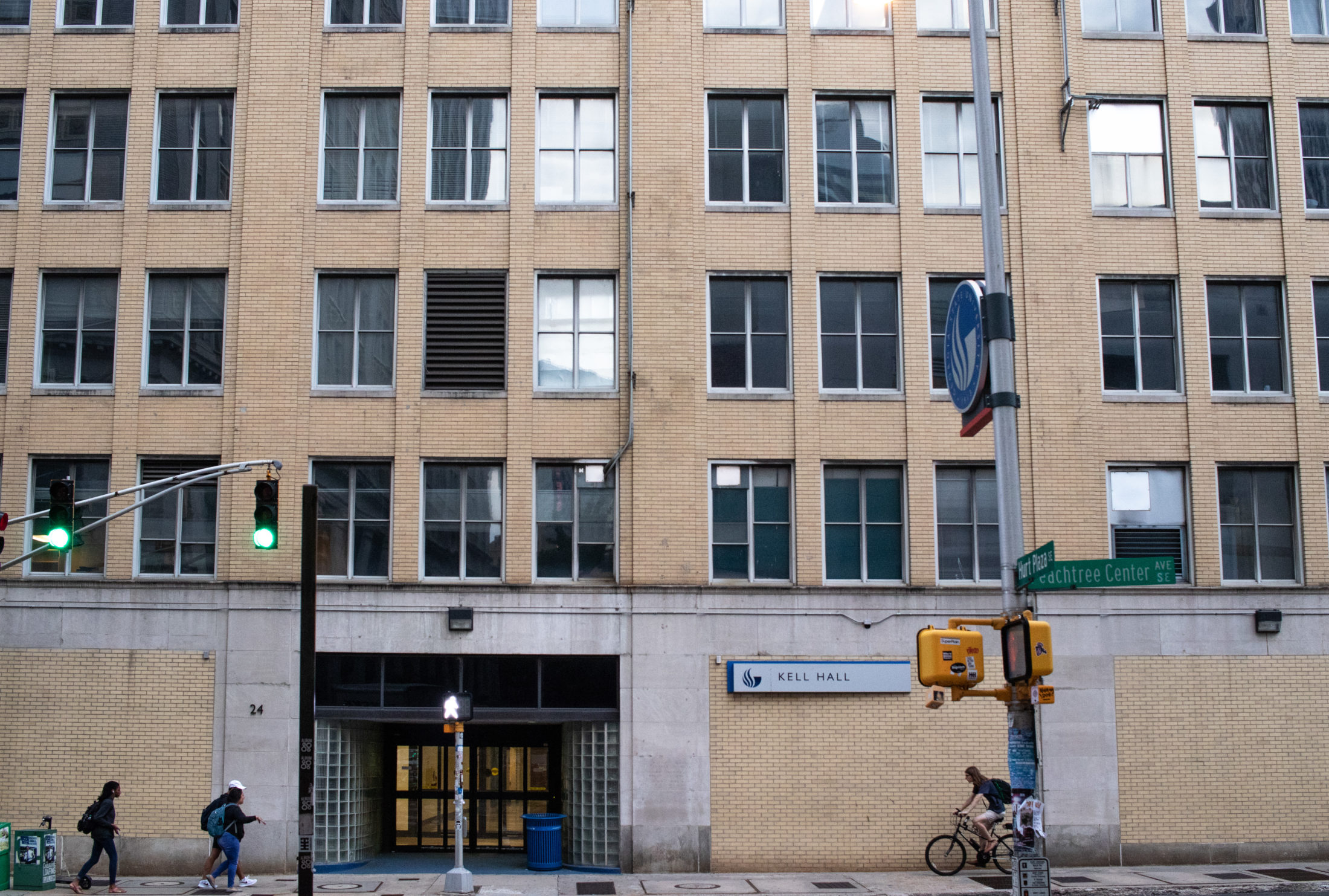
KELL HALL
Kell Hall, like Sparks Hall, can easily be seen as an architectural relic of the past. Built in 1964, Kell is illustrative of the constructive bravado necessary to undertake the transformation from a parking garage to a science building. Its sloping ramps and dimly lit corridors make it one of the most unique buildings on campus, and perhaps for the wrong reasons. It should be commended on its dedication to wheelchair accessibility (no matter how steep those ramps are) but not much else. And it’s evident the university agrees, as the building is slated to be demolished in the next year.
SPARKS HALL
Sparks Hall occupies a special place in university history because it was the first building Georgia State could truly call its own. Sparks was built specifically for classroom use by the university in the 1950s and was named after former Georgia State University President George M. Sparks. While the historic significance is important to acknowledge, it’s also worth noting the very midcentury modern feel of its architecture. Common characteristics of this style include sleek lines, minimal ornamentation and an emphasis on utility, borrowing from the German Bauhaus style of the 40s and 50s following World War II.
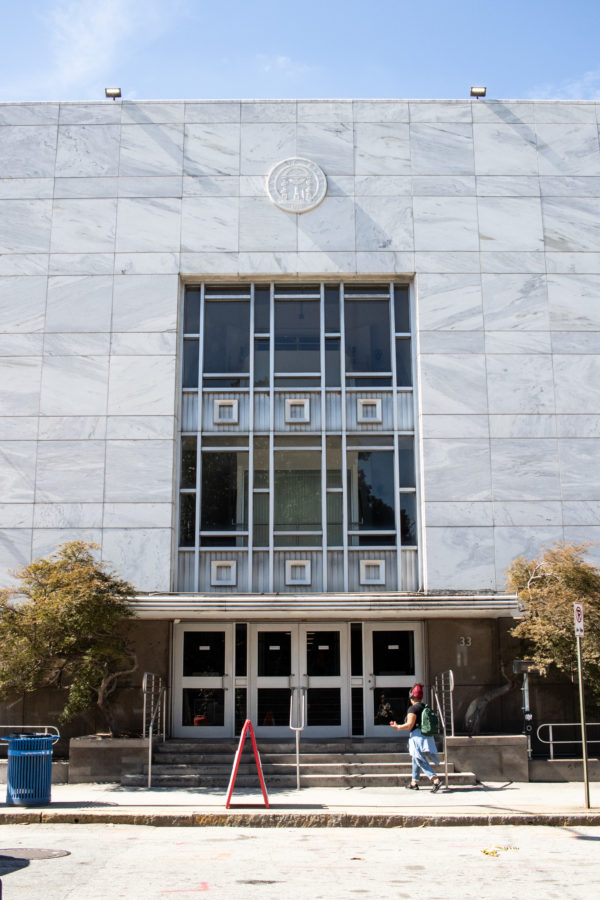
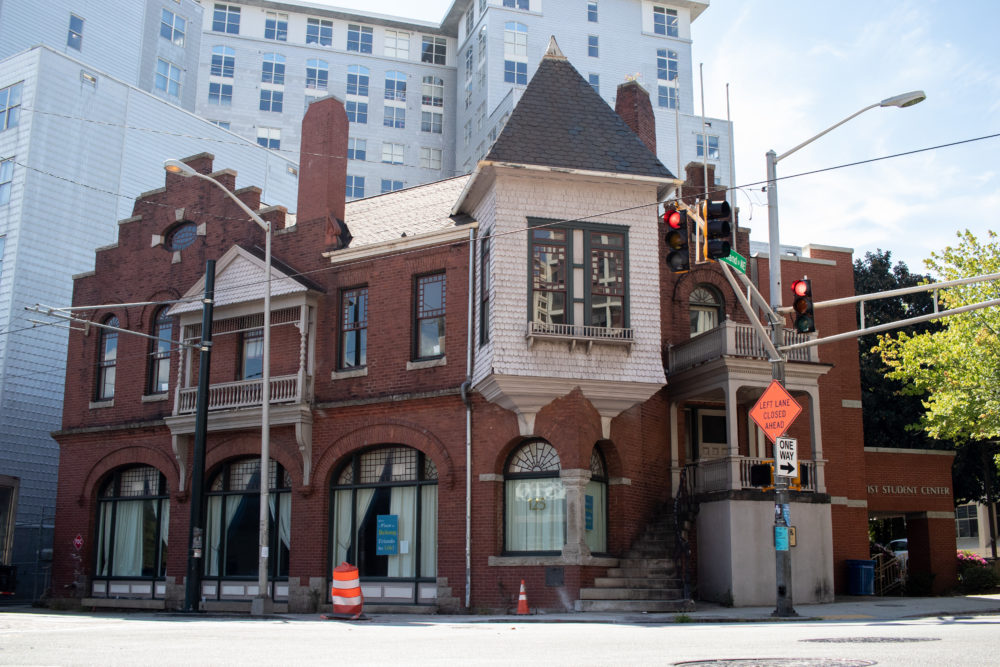
BAPIST COLLEGIATE MINISTRIES
The Baptist Collegiate Ministries is easily one of the most aesthetically striking buildings on campus mainly because of how out of place it looks alongside the skyscrapers and modernist architecture of Downtown. At first glance, the building resembles a museum or a monument to the Old South, and in some ways it is, but after a cursory glance at the many religious fliers and posters decorating its facade, it becomes clear that it is home to Georgia State’s Baptist student union. The building’s history is intriguing, as it was once a plumbing shop, produce market and women’s lingerie store. However, its most interesting historic claim to fame is as the first Dixie Coca-Cola bottling plant in 1900.
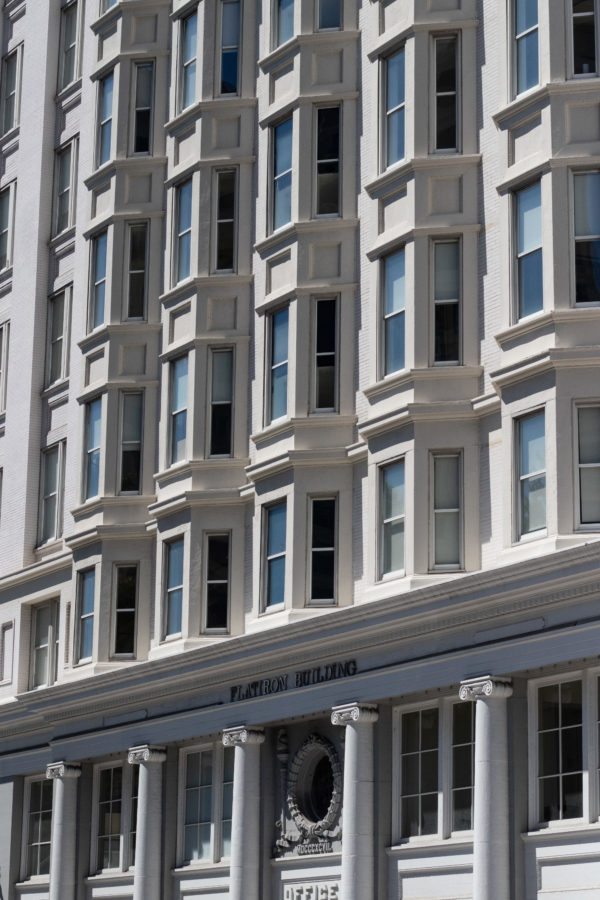
FLATIRON BUILDING
The Flatiron Building, while not a Georgia State property, has nonetheless become an inextricable part of the downtown campus. With its soaring neoclassical architecture and peculiar planar shape, the building marks itself as one of Downtown’s prettiest facades. Completed in 1897, the Flatiron Building is one of the city’s oldest skyscrapers and is subsequently protected as a historic landmark. Now home to the Microsoft Innovation Center and the Women’s Entrepreneur Institute, the building assumes a new role as one of the many commercial resources that make Downtown such a fertile environment for young minds. And interestingly enough, Atlanta’s Flatiron Building actually precedes New York City’s by five years.
THE CREATIVE MEDIA INDUSTRIES INSTITUTE
One of the more nascent buildings on campus also happens to be the most technologically advanced. The Creative Media Industries Institute (CMII), birthed out of the university’s desire to keep up with the nation’s growing demand for entertainment production, was completed in 2017. The international style building is attached to 25 Park Place and shares its history of former ownership by SunTrust Bank. However, what’s more compelling than its past is its future. With a fleet of digital labs, 3D printers, virtual reality and robots, the CMII promises to usher Georgia State into the future.
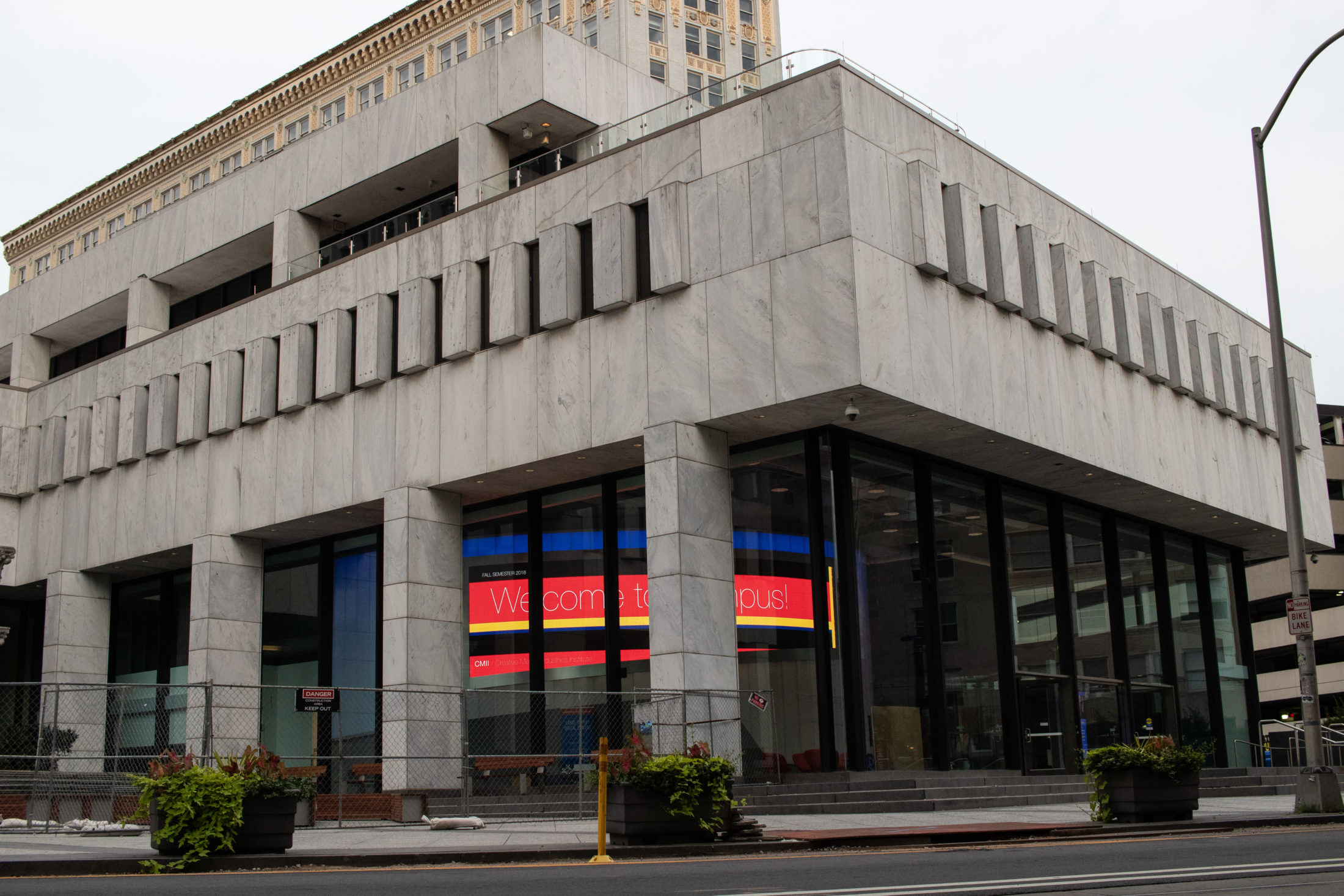
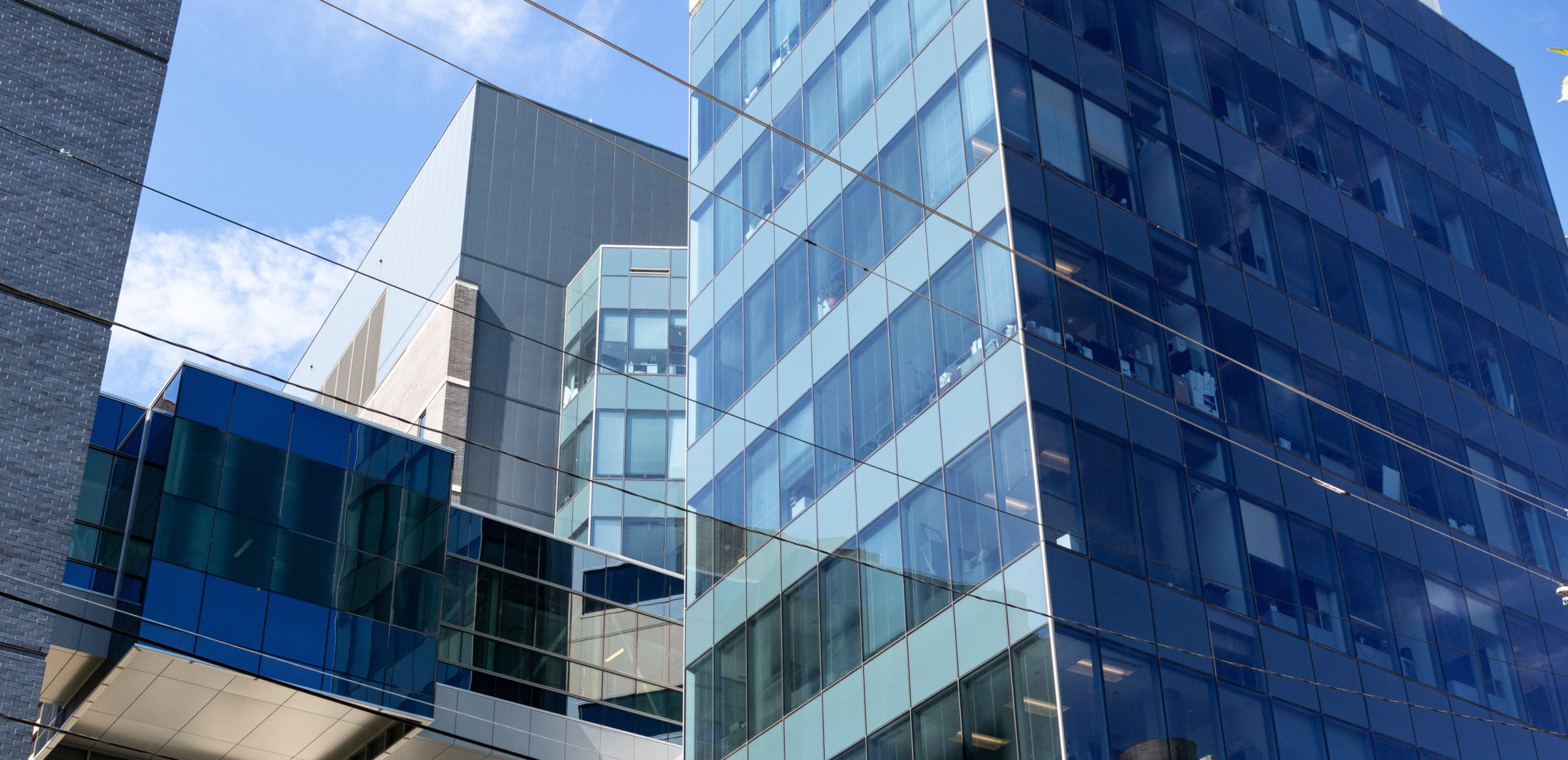
PETIT SCIENCE CENTER
The Parker H. Petit Science Center, completed in 2010, sits as a gleaming monument to science, technology and innovation on Georgia State’s downtown campus. Its high-modernist facade of blue glass ascends upwards in a vertical triumph over Georgia State’s less aesthetically pleasing facilities. It looks unlike anything else on campus and highlights one of the advantages of going to school in a rapidly evolving urban environment.
